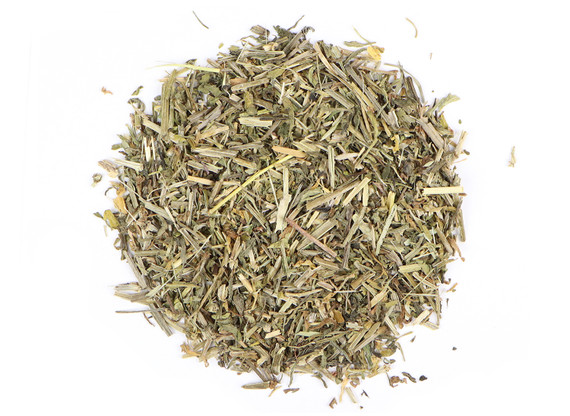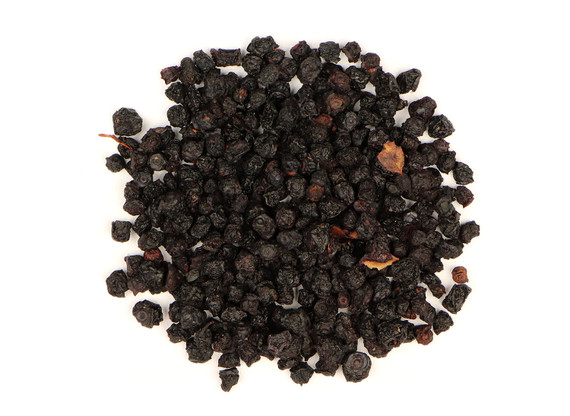Scrophularia nodosa can be found throughout the Northern Hemisphere growing in open woodlands and damp areas. For hundreds of years, figwort has been utilized in traditional European herbalism for its beneficial properties. An important herb in the Eclectic physician’s herb chest of the 19th century, figwort was historically used for its affinity for the endocrine and lymph systems and is considered an alterative.
A member of the Scrophulariaceae family, figwort has a thick, fleshy, square stem and green to purple, two-lipped flowers that ripen into egg-shaped seed capsules. Additionally, the herb has a tuberous root and toothed, heart-shaped leaves. This herbaceous perennial grows in temperate regions throughout the Northern hemisphere although it is not particularly seen in western North America.
Figwort is typically prepared in topical applications, as an extract, or steeped as figwort tea. The herb is oftentimes decocted for external use as a wash or fomentation but also has a history of internal utilization for its beneficial properties.
Precautions
No known precautions. We recommend that you consult with a qualified healthcare practitioner before using herbal products, particularly if you are pregnant, nursing, or on any medications.
This information has not been evaluated by the Food and Drug Administration. This product is not intended to diagnose, treat, cure, or prevent any disease. For educational purposes only.









